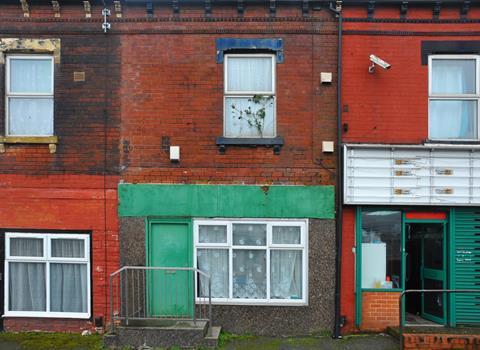Poor state of England’s housing stock revealed, with private rented homes the worst culprits

The state of England’s housing stock was described as “bleak” after new data revealed 4.5 million homes in England – a fifth of the country’s total – failed to meet the Decent Homes Standard.
The Decent Homes Standard was established by the Labour government in 2000, requiring public sector housing to meet minimum quality thresholds.
For homes to achieve the standard the document stipulates they must “meet the current statutory minimum standard for housing, be in a reasonable state of repair, have reasonably modern facilities and services, and provide a reasonable degree of thermal comfort”.
But figures published this week by the Ministry of Housing, Communities and Local Government show that an estimated 4.5 million homes of the near-24 million homes across England did not meet the standard, whose remit has been broadened since its introduction nearly 20 years ago to cover all residential properties.
A quarter of private rented homes missed the target, followed by owner-occupied homes (19%) and social rented properties (13%).
Government data shows the cost of bringing older homes – built before 1919 – up to the Decent Homes Standard was £10,000, 10 times more than a home constructed since 1990.
More than a third (36%) of homes built before 1919 were deemed non-decent, while only 2% of homes built after 1990 failed the standard.
Mark Robinson, chief executive of the Scape Group, said the figures painted a “bleak picture” of the state of housing stock in England.
Robinson said “a concerning number of people continue to live in sub-standard accommodation as local authorities continue to battle budget cuts”.
The provision of social housing remained a great concern to local authorities, Robinson added, while a lack of high-quality, affordable housing was “one of the biggest issues of the day. Our next prime minister needs to acknowledge this and start talking about their approach to addressing the issue.”










No comments yet